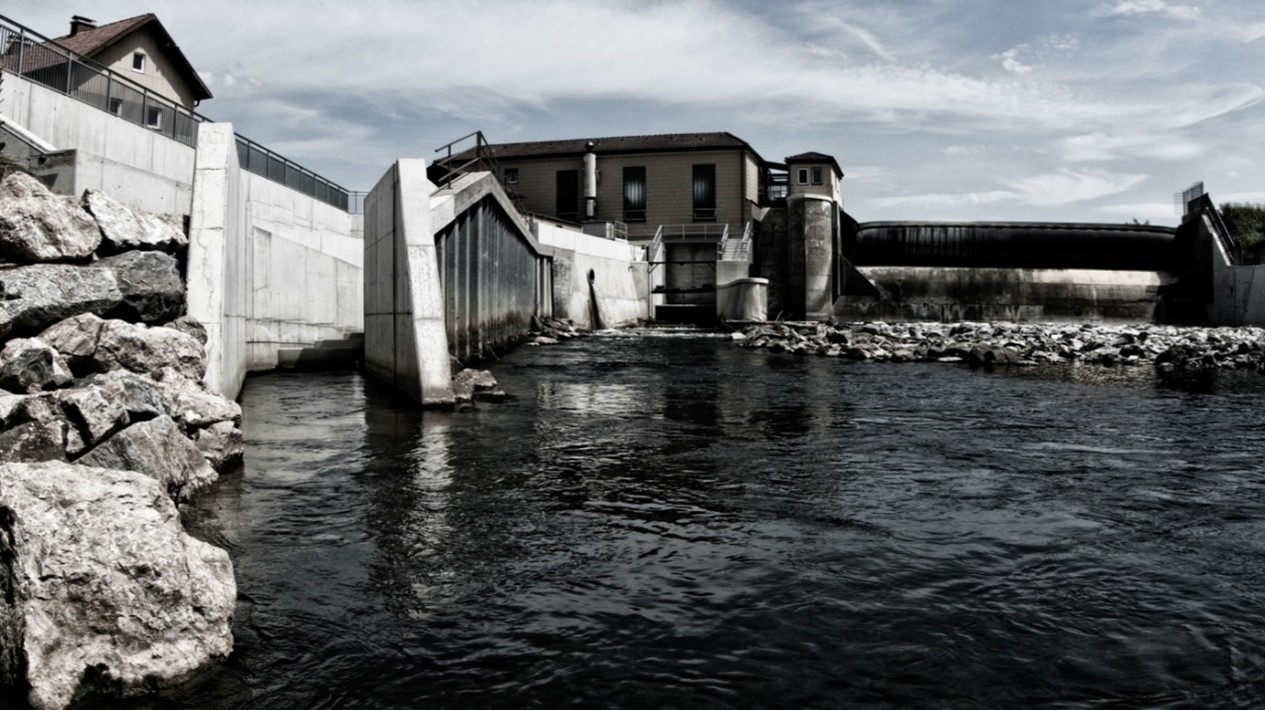EAA Hydropower Position Paper, October 2020
- with an emphasis on small scale hydropower
Rivers are some of the most extensively altered ecosystems on Earth.
The majority of Europe’s rivers are not in a good ecological state.
Our rivers are under immense pressure from a range of activities, hydropower
in particular, which hamper rivers‘ resilience and capability to sustain wildlife.

For notes and references please download the position paper
Downloads:
10 hydropower statements by EAA
1) No new hydropower plant should be installed in any European river as the negative impact on the aquatic environment, flora and fauna is devastating. And it is very unfortunate and inappropriate that any hydropower plant has been allowed in protected areas.
2) A reduction of the number of hydropower stations and dams are needed, as well as mitigation measures, including fish protection and fully functional fish passes. The EU’s and international aspirations to put a halt to the biodiversity decline in 2010 didn’t happen. It won’t happen in 2020, and most likely it won’t happen in 2030 either if not the number of and impacts by hydropower and dams are reduced dramatically.
3) Less hydropower stations and dams are needed for EU Member States to implement and comply with targets and provisions laid down in the EU’s Water Framework Directive (WFD) - which is much needed as Member States are struggling to meet the 2027 deadline for achieving ‘good ecological status’ for their waters - the Birds- and Habitats Directives as well as to stop the loss of biodiversity.
4) Hydropower labelled or sold as ‘green energy’ is misleading
Hydropower is a renewable energy per definition, but it is not, and should not be termed ‘green energy’. Arguably, existing hydropower and dammed reservoirs do more damage to the life in and around our river systems than climate change ever will – and they make our river systems less resilient to climate change.
5) The energy contribution from small hydropower plants is ‘insignificant’ but cause lots of damage
In 2017, the share of energy from renewable sources in gross final consumption of energy, in the EU, reached 17.5%. Of EU’s 21,000+ hydropower installations 91% are ‘small’ (less than 10 Mw). These small hydropower stations contribute only 2.1% of the total renewable electricity production, or less than 0.4% of the total EU energy consumption. To increase small hydropower installations by e.g. 50% (ca. 10,500 new plants) would increase the total energy production, from 0.4% to 0.6% only, but with a devastating impact on the aquatic environment as a result.
Pt. 8,785 additional plants are planned or under construction!
6) In most EU countries plants with highest energy return on investment have already been built
Thus, new installations generally will do more damage, with less energy return on investment.
7) Small hydropower plants are less profitable and do more damage per energy unit output compared with the bigger plants.
8) More small hydropower plants will increase the negative impact on the environment exponentially - most obviously maybe, in places where other hydropower stations are installed already (cumulative effect) but also when installed in a pristine river.
9) There are very few pristine rivers left (hydropower and dams free) in Europe. These rivers need special protection – ‘no-go’ for hydropower. We are cautiously optimistic about the Commission’s proposed ’EU 2030 Biodiversity strategy’ from May this year. We urge the Council and Parliament to adopt the target to restore at least 25 000 km of EU rivers to a freeflowing state.
10) Hydropower permits with no expiration date are unacceptable, an anachronism, which makes it more difficult to get rid of hydropower stations and dams when and where they are not needed or wished anymore.